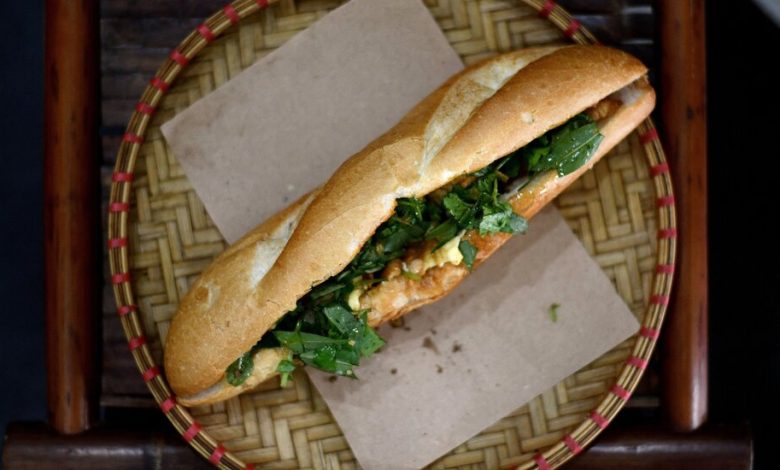In Australia, a Nation’s Banh Mi Love Affair

The Australia Letter is a weekly newsletter from our Australia bureau. Sign up to get it by email. This week’s issue is written by Natasha Frost, a reporter in Melbourne.
It is only a slight exaggeration to say that Australia runs on banh mi — the Vietnamese sandwich of a baguette with tangy pickled vegetables, a slick of mayonnaise and your protein of choice.
In the downtown Melbourne area alone, there are around 20 different banh mi options in the space of roughly a square mile, and they are the gold-standard lunch for all: “tradies,” or tradespeople, in fluorescent vests; white-collar workers; and students. (Many people refer to the banh mi simply as a “pork roll.”)
“Growing up in Australia, I was a sucker for a good sanger,” said Duncan Lu, the Vietnamese Australian founder of the Melbourne banh mi chain Master Roll, who grew up in Adelaide. “I love bread, and that’s exactly what banh mi is.”
Between 1976 and 1986, around 94,000 Vietnamese refugees made a new home in Australia after the Vietnam War, which ended in 1975. About 282,000 Vietnamese-born people live in the country today, making it the country’s sixth-largest migrant community.
These arrivals constituted one of the first major influxes of migrants of color to Australia, after the country wholly abandoned its “White Australia policy” that had barred immigrants of non-European ethnic origins, said Anh Nguyen Austen, a historian at Australian Catholic University.
Many of these people initially worked in the textile industry or on assembly lines. Some families, wanting work where they could control their own hours and engage more with other people, chose instead to start banh mi shops, particularly in areas where Vietnamese refugees had first settled, like Bankston and Cabramatta in Sydney and Footscray in Melbourne.




